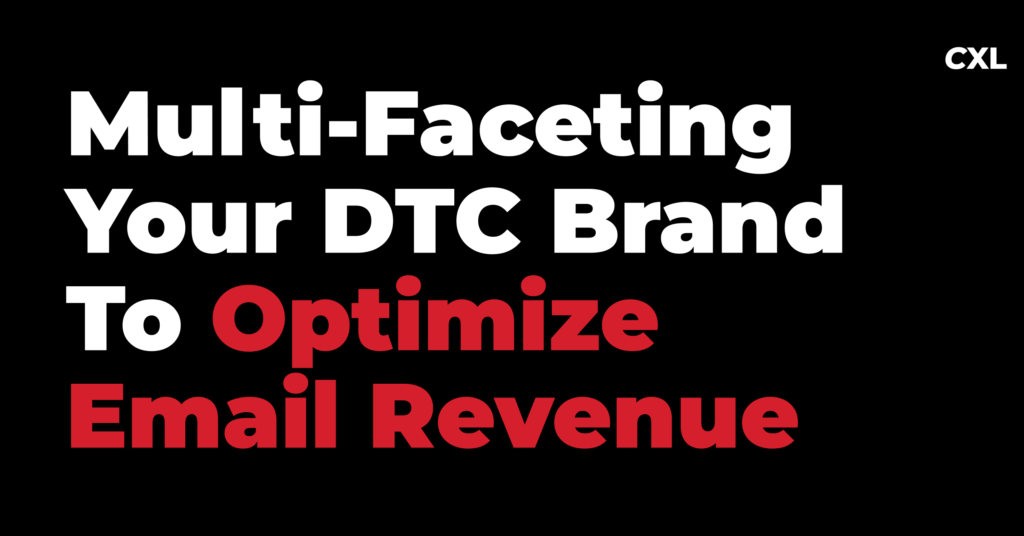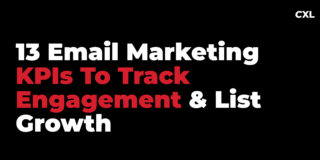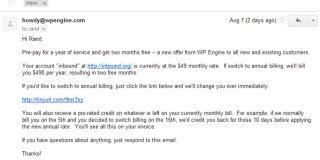Presumably, you know your product’s USP.
As part of your customer, product, and market research, you’ll probably have a clear idea of not only what your USP is, but how that USP benefits your customer, how it fits into the wider market, and all the potential implications for your business that comes with those things.
You shouldn’t stop there though. Multi-faceting your brand is about saying ‘ok, we’ve got our USP, but what other sides of the product should we be leveraging? How do they benefit your customers, how do they fit into the wider market, and what are their potential implications?
Table of contents
Your audience’s needs and motivations
It’s good to have clarity on your product and to be direct about what it does. But your audience has a range of needs and motivators. If there was something you’re missing about your product that could be a game-changer for your audience, you wouldn’t want to miss it.
When it comes to communicating with your audience via email campaigns, having a multi-faceted product can bring your campaign variety and cut through the noise that will boost revenue.
Multi-faceting your brand with research
Doing the extra research to facilitate this multi-faceting is almost a non-negotiable step because the benefits of your product that you dig up will be invaluable to you once your marketing campaign moves beyond its 4th or 5th email.
But to conduct that research successfully you need to really buy into the ‘why’ of that product and your brand. What problem are you really solving for customers? How do people perceive your values? What is the essential ‘you-ness’ that customers appreciate about your company?
All of these questions define your brand and your product, and once you have them clear, you will probably unearth a load of new, completely authentic things that your product does in aid of those ‘whys’. Then it’s very possible you’ll discover you can market to segments that you didn’t even realize could be your audience, and suddenly all that research and reflection has given you the blueprint to move forward.
Problems with launching a product
When you launch a new product, you’d love to think your audiences will dive straight in, and spend loads of money, no questions asked. And sometimes with the buzz generated from a launch, it does unfold like that – especially if it’s reinforced with an amazing offer.
But what then? You send your launch email and get customers excited about your product and that flagship USP that you’ve worked so hard on, but inevitably, the buzz dies down.
Where else do you go with the product? It’s easy to miss the obscure benefits that would add variety to your email campaigns and keep the customer base engaged.
The ideal selling angle for your audience could rely on you understanding those obscure benefits, and if you’re across them, you’ll be able to round out your audience successfully and keep the buzz going.
A report by Campaign Monitor (2022) explains that the average email list has a churn rate of approximately 22.5% per year. This level of email attrition tells us that not keeping customers engaged consistently beyond the third or fourth email is a real problem that needs to be addressed in your strategy. Mixing up your USP is one way to ensure sustained interest.
Some analysis from Mailchimp (2021) also points to data that suggested open rates for retail emails decrease by an average of 0.5% every quarter. This small but gradual decline could be easily missed, so it’s vital you are proactive in tackling it before the problem mounts.
What most brands get wrong
Fail to gauge demand
Just because someone else launched a type of product it doesn’t mean you should. You may be seeing the result of specific marketing research, preparation, and execution that makes sense for a particular audience.
Fail to dial in the visceral motivator of the audience
Are you promising your audience that they will feel better by using or having your product? What core emotion will your product access and improve?
If you’re not offering that in the premise and promise of your campaign,
A: Why aren’t you?
B: Why would you expect your audiences to make a purchase?
Make-up, for example, makes you feel better about how you look – the core emotion you’re accessing is vanity, and that’s no bad thing.
Start by figuring out why your customers will feel better, and second, remind your customers of that wherever you can.
Your product might be solving a problem, and might be convenient, but emotionally, what is it that’s making the audience feel better?
Feeling that they look better, feeling that their lives are easier?

Fail to isolate the pressing need for the product.
While the visceral motivator focuses on ‘wanting’, the other side of that coin is ‘needing’.
If you can harness both need and want, you can’t lose. Different people make purchases for different reasons, but everyone has both needs – just like everyone has wants. Once you have your different selling angles, make sure to frame those with the needs of your audience in mind.
Fail to tell a story
It doesn’t have to be a novel. A story can be one sentence long and have a beginning, a middle, and an end.
You know what information you want your audience to take away from your communications, but don’t forget that humans have a primal need to tell and listen to stories. If you want people to be enthused, give them characters, real people, and real events that they can relate to, not just facts and figures.

Fail to connect their why to the audience’s philosophical why
You need to know what your reason for being is – your ‘why’.
A hint: it’s never ‘to make more money’.
The ‘why’ is the vision you have and the purpose of your brand. But even when you have a clear ‘why’, if it’s not mapped to the values of the audience that you are targeting, that’s a problem.
Don’t underestimate the value of having a clear ‘why’ mapped to that of your audience, because it’s becoming crucial with younger demographics.
Even if it’s not the primary driving motivator of a potential customer, when they are deciding between you and a similar brand, all things being equal, it may be the resonance of that ‘why’ that makes the difference.

Do’s and don’ts in email marketing
Don’t copy competitors
Be inspired by the philosophies and principles, but don’t copy the specifics.
Take tone of voice for example: what works for a competitor may not work for you, and you can’t replicate that tone of voice, you may just not have the knack for it, it might not resonate with your audience, or it may be unsuited for your brand.
Don’t feel that you have to be simple
The purported simplicity of glossy images and clever text can be eye-catching but it’s not always the best route. Less text and more images can be punished by the algorithms that manage people’s email inboxes. Having a good ratio of text to image is a better bet to avoid the junk folder.
Think of it this way: an email that looks like the kind of email anyone might send to a friend or colleague is going to be looked at much more sympathetically by email providers, and no one sends their friends big bold slogans and pictures to try and grab their attention.
Do try things for yourself and focus on revenue
Revenue speaks louder than any thought leader.
Numbers may be objective facts, but it’s amazing how many different opinions people can have on what they mean. Give things a try, get the results down on paper, and let the revenue lead your decision-making from there. Don’t let your own biases or the biases of others affect you.
How to create multi-email campaigns with genuine variety
There are 2 principles you need to internalize to create successful multi-email campaigns.
Why did you start the business?
Never stop asking why. Why does your business exist and why should your audience care? If your ‘why’ doesn’t match up with your audience, maybe you’re targeting the wrong audience, or maybe your ‘why’ isn’t good enough and you need to go back to the drawing board.
The reason your audience cares about that purpose you’ve settled on should be that their lives are improved directly.
So the follow-on task here is getting to know your customers and your market well enough to ensure all these whys are matched up.
How does your audience talk about your brand and your SKU?
You can get to the bottom of this in different ways.
Ask. Send out a survey with a question like “How has your life changed from using this product”. The key here is to keep simple and direct questions. The more open-ended, the less useful and quantifiable the results will be. So, get to the point.
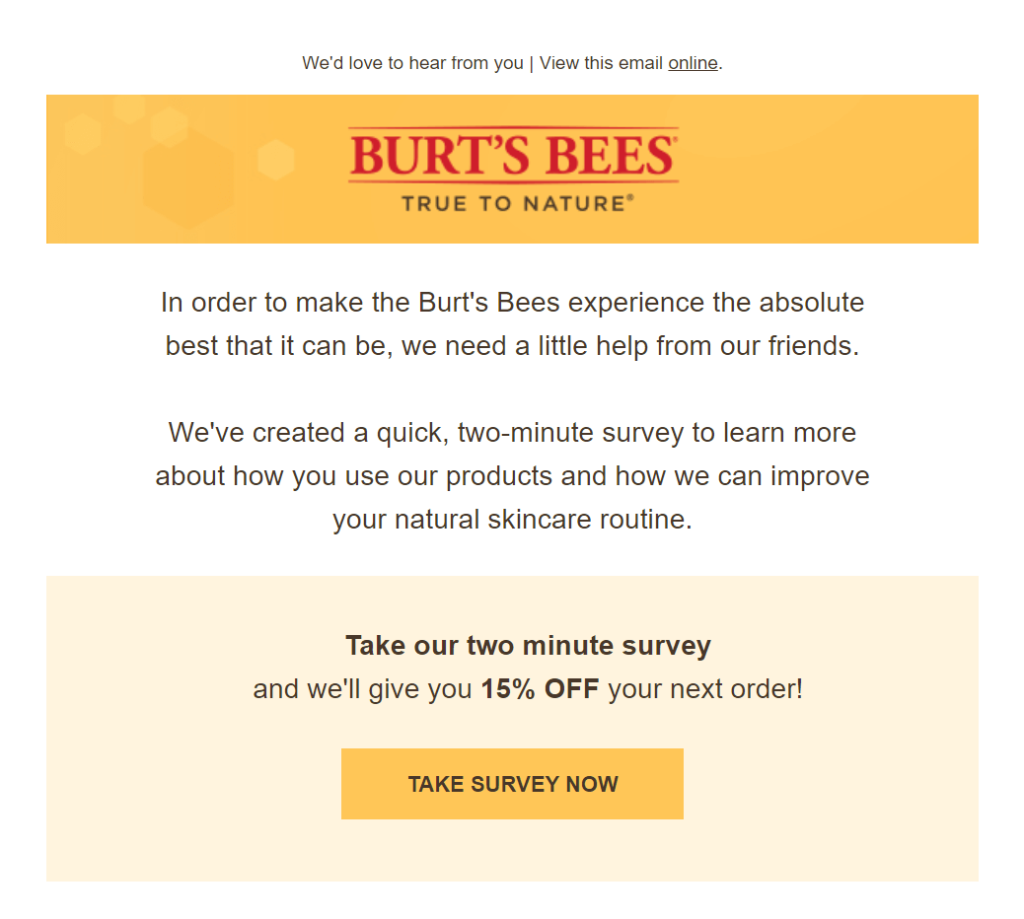
Find the popular videos in your niche and review the comments. It’s a goldmine. In those comments sections, people pour their hearts out about what they don’t like and what they do like in the space. Keep a note of the hashtags people are using too to get a good idea of the strong movements that are capturing people’s imaginations.

Look at the reviews of your competitors. What’s being liked or disliked? Do they reveal more facets of their product that you missed? You can even let Google do the heavy lifting for you by looking through all the “also asked questions” for relevant queries about your product.
Content templates
Once you’ve done your research, you’ll know what you need to do strategically and conceptually to get over the post-launch dip. But what’s going to be the substance and the content of those emails? Here’s a template you can follow, but work out what’s best for your brand and develop the ideal cadence for you.
- Think about the seven deadly sins. These feelings are a fantastic guide to the human psyche whether you’re religious or not. Pick one that matches up with how you’re suggesting your product will make people feel better and center your launch around that.

- The multi-faceting your brand is fantastic for giving you staying power and reaching the fringes of your audience, but one benefit will rise to the surface in your research above the rest. Lead with it, this is a ‘most popular’ email.
- An ‘us against them email’ can be very effective when done correctly. There’s a way of building the narrative around a villain without being classless. Think about who your brand is opposed to – with make-up companies, it might be big beauty or big pharma. By playing on that opposition you can rally your customer base around everything you stand for.

- Any testimonial can be turned into a story with ease. You can build an entire email around one testimonial and create a very compelling beginning, middle, and end. Use a sentence from it as a subject line and then flesh it out in the body. The best bit is, that you don’t have to come up with anything yourself, let your customers do the work.

- Educational emails are another one where getting the pitch right is very important. You don’t want to speak down to people so be aware of who you’re talking to and what they know. Think of it as the “product-led” bit for DTC. Where do your ingredients come from? How are they sourced? Why have you taken the time to go with this curated mix of ingredients & benefits — why is it superior to any other approach?
- Leverage social proof. But go beyond testimonials. If you’ve done rigorous research into what problems are important to your audience, make some noise around it. Talk about why you are undertaking the research… what kind of customer surveys you’ve organized, do you have a peer-reviewed journal talking about your clinical tests/trials? It’s expensive … but so is earning the trust of your audience.
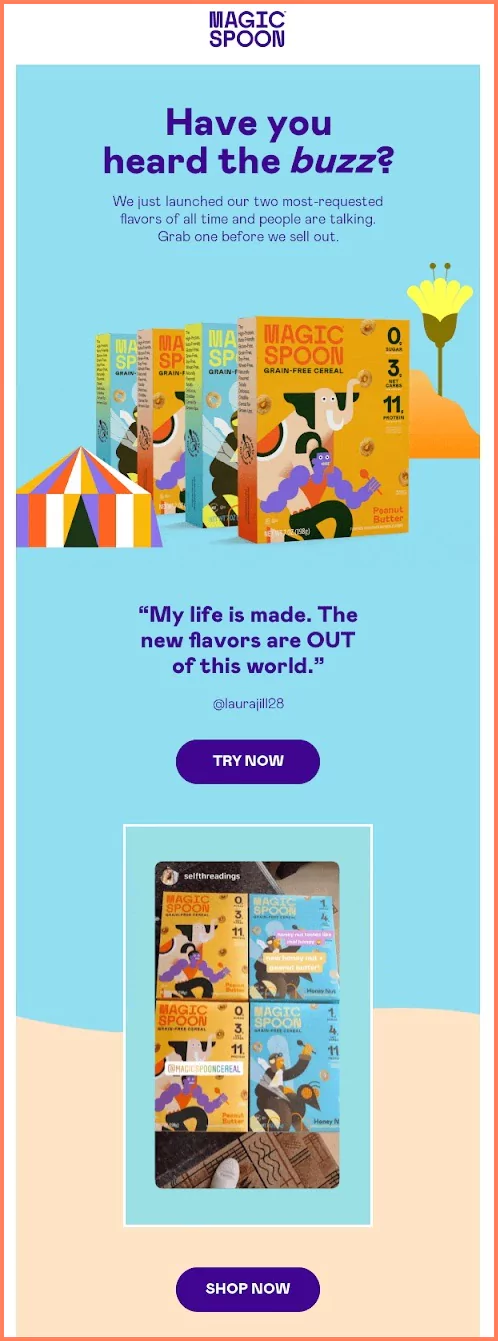
- Don’t forget the good old-fashioned FAQs. Always a good and informative way to introduce variety and offer value to your customers through an extended email campaign. It feels good when a company is getting ahead of any potential concerns or questions that you might have and builds trust.
If you can meld these templates with the different selling angles that you’ve identified, it’s time to rinse and repeat.
Conclusion
Multi-faceting is a way of celebrating your product to the maximum. It is always a shame when the work that goes into a product isn’t then reflected in the profitability that it yields, and often that’s because key marketing tenets were ignored or executed in the wrong way.
When you bring a product to market, it’s because you believe in it, so give it every chance you can to succeed. Follow these tips, and see how well you can connect with your audience through a more durable relationship and with more valuable engagement.
